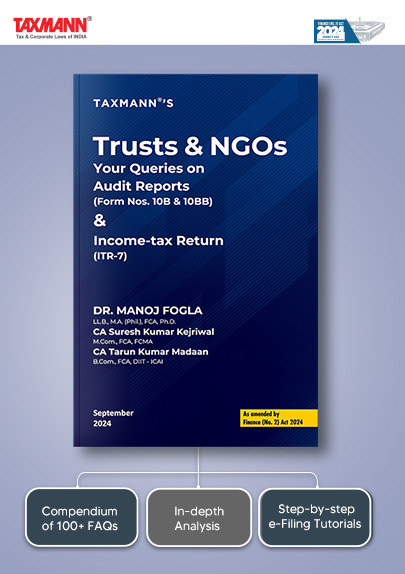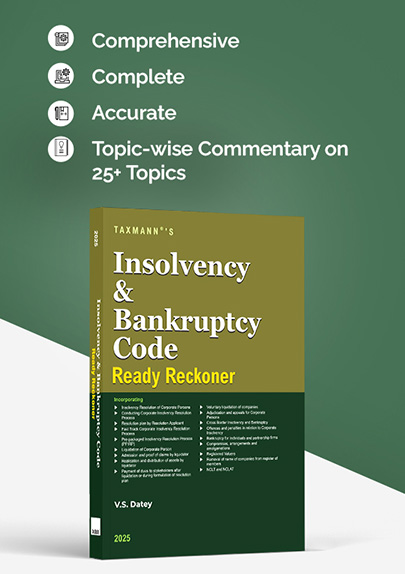CCIT Can Extend Period for Bringing Immovable Property to Sale if No Bidders Appeared in Auction | HC
- Blog|News|Income Tax|
- 2 Min Read
- By Taxmann
- |
- Last Updated on 25 February, 2025
Case Details: Maniyan Sureshkumar v. Tax Recovery Officer - [2025] 171 taxmann.com 422 (Madras)
Judiciary and Counsel Details
- C. Saravanan, J.
-
S. Anandh & Ravi Kannan for the Petitioner.
-
Dr. B. Ramaswamy, Sr. Standing Counsel for the Respondent.
Facts of the Case
The assessee suffered an adverse assessment order and penalty order. Since the assessee did not file further appeals before the Appellate Tribunal, the liability under the assessment and penalty orders was confirmed against the assessee.
Since the amount that the assessee assessed to be paid had remained unpaid, the assessee’s property was attached. However, no sale was made pursuant to the aforesaid attachment order. A second attachment order came to be passed.
In the instant writ petition, the assessee submitted that the last date of the financial year in which the proceedings were completed was, and therefore, the limitation expired as per the unamended rule 68B of the 2nd Schedule to the Income-tax Act, 1961
High Court Held
The Madras High Court held, as per Rule 68B, the sale of immovable property under Part III is barred after 7 years from the end of the financial year in which the demand order becomes conclusive under Section 245-I or final under Chapter XX.
In the instant case, the immovable property of the assessee was attached on 10-2-2021. This was a few days before the period expired on 31-3-2021. On 26-2-2021, a proclamation of sale was made for the sale of immovable property of the assessee. The auction was fixed to be held on 25-3-2021. However, there were no bidders during the auction that was held on 25-3-2021.
Since the date of auction was fixed to 25-3-2021, on which date there are no bidders, it can be construed that the situation was covered by the 1st instance under 2nd proviso to rule 68B of the 2nd schedule to the Income-tax Act, 1961, i.e., where the immovable property is required to be resold due to the amount of highest pay being less than the reserve price fixed.
Therefore, the extension of the period for bringing the immovable property of the assessee by one year by the Chief Commissioner of Income Tax vide order cannot be questioned as it aligns with the 2nd proviso to rule 68B of the 2nd schedule to the Income-tax Act, 1961.
List of Cases Referred to
- Sapana Charudatt Ranadive v. Asstt. CIT 17(3), Mumbai [2019] 108 taxmann.com 384/266 Taxman 4/418 ITR 193 (Bombay) (para 14).
Disclaimer: The content/information published on the website is only for general information of the user and shall not be construed as legal advice. While the Taxmann has exercised reasonable efforts to ensure the veracity of information/content published, Taxmann shall be under no liability in any manner whatsoever for incorrect information, if any.

Taxmann Publications has a dedicated in-house Research & Editorial Team. This team consists of a team of Chartered Accountants, Company Secretaries, and Lawyers. This team works under the guidance and supervision of editor-in-chief Mr Rakesh Bhargava.
The Research and Editorial Team is responsible for developing reliable and accurate content for the readers. The team follows the six-sigma approach to achieve the benchmark of zero error in its publications and research platforms. The team ensures that the following publication guidelines are thoroughly followed while developing the content:
- The statutory material is obtained only from the authorized and reliable sources
- All the latest developments in the judicial and legislative fields are covered
- Prepare the analytical write-ups on current, controversial, and important issues to help the readers to understand the concept and its implications
- Every content published by Taxmann is complete, accurate and lucid
- All evidence-based statements are supported with proper reference to Section, Circular No., Notification No. or citations
- The golden rules of grammar, style and consistency are thoroughly followed
- Font and size that’s easy to read and remain consistent across all imprint and digital publications are applied






 CA | CS | CMA
CA | CS | CMA


